Göbekli Tepe, The First Temple Of Mankind

Göbekli Tepe is the earliest known example of a megalithic building and the first archaeological site to seriously question the interpretations of human history given by the academic environment.
Göbekli Tepe is also called Portasar in Armenian, and Xerabreşkê in Kurdish, meaning “sacred ruins”, and it is located at the summit of a limestone mountain ridge in the Şanlıurfa Province, southeast Turkey, near the border with Syria and dates back to the beginning of Neolithic or the end of the Mesolithic.
As a matter of fact, the oldest stone temple ever discovered, dated at least to the X millennium BCE, or approximately 11.600 years ago, was unearthed here.
Since the dating was made by examining with C-14 technology the organic material left in the stucco (which typically contained mud and leaf fibers) that covers some of the walls of the site, the original site might be much older than this dating, since the inhabitants that might have settled there could’ve made repairs to the walls of the temple.
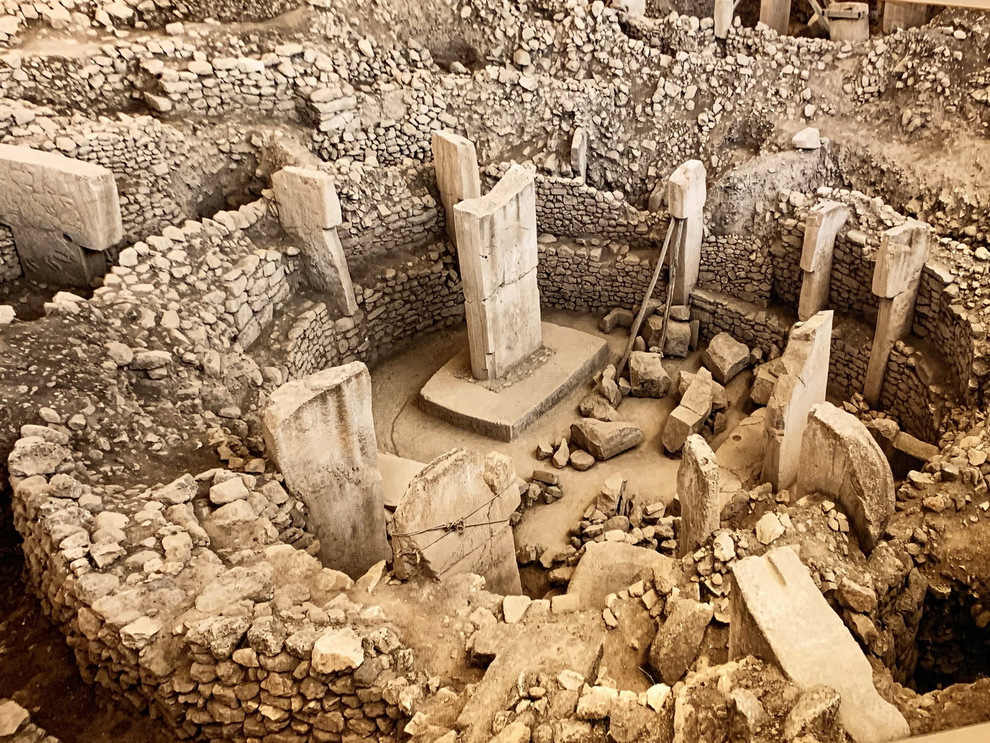
The striking difference between the raw and messy walls surrounding the more precisely and finely crafted megalithic pillars might suggest that the people that came after they were erected recognized the sacred significance of the site and decided to protect it by building the enclosure.
The archaeological value of Göbekli Tepe was recognized in 1963 by a Turkish-American research group, who noticed several large heaps of flint fragments, a sign of human activity in the Stone Age.
The site was rediscovered thirty years later by a local shepherd, who noticed some oddly shaped stones sticking out of the ground. The news reached the head of the museum of the city of Şanlıurfa, who contacted the ministry, which in turn got in touch with the Istanbul branch of the Germanic Archaeological Institute.
The excavations started in 1995 by a joint mission of the Şanlıurfa museum and the Germanic Archaeological Institute under the direction of Klaus Schmidt, who had been working on some archaeological sites in the region since the previous year.
In 2006 excavations went to the German universities of Heidelberg and Karlsruhe. The archaeological site was opened for public visits in March 2019.
The excavations brought to light a monumental megalithic sanctuary, consisting of an artificial hill bordered by dry stone walls.
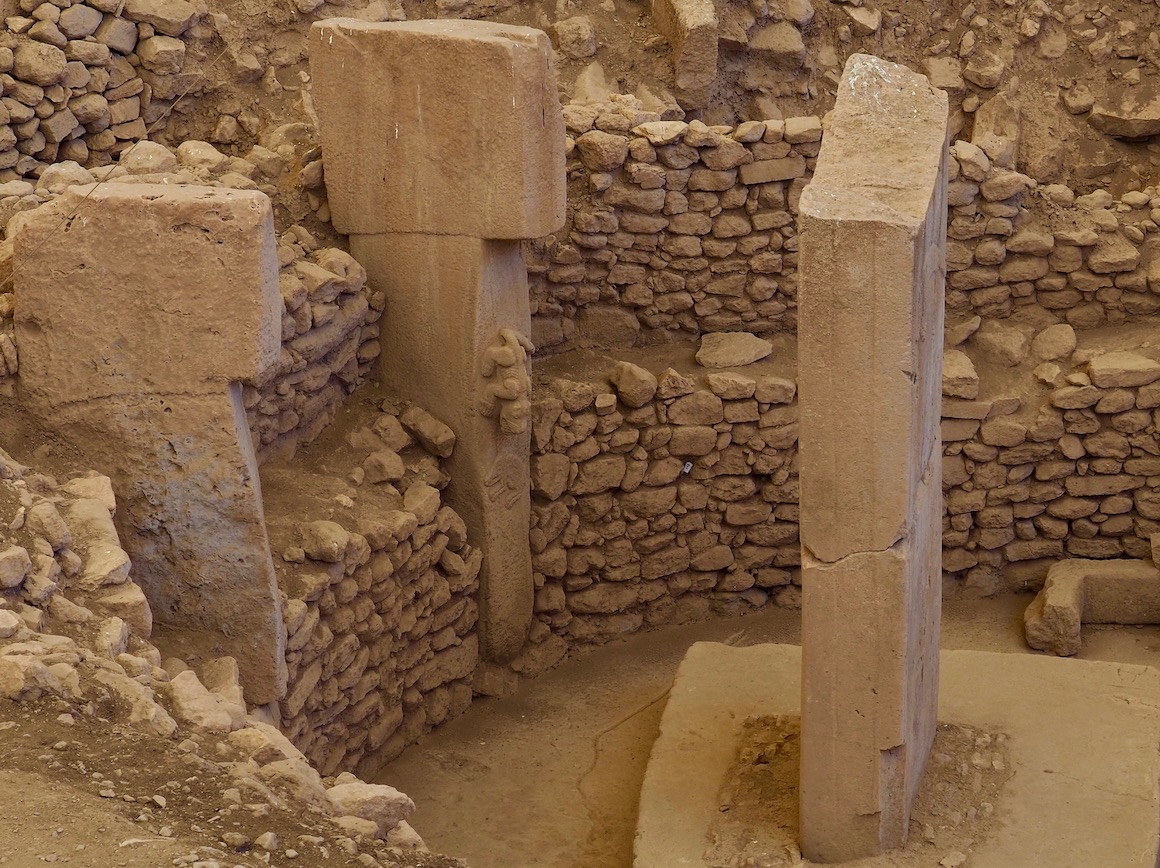
Four circular enclosures were also initially found, delimited by huge limestone pillars weighing over 15 tons each.
According to the director of the excavation, the stones, standing upright and arranged in a circle, would symbolize assemblies of men.
As of May 2020, 40 stone circles bordered by imposing colonnades have been excavated, more than 200 columns of 6 meters and weighing 15 tons, but geological inspections suggest that these stone circles are present in the hundreds in the area and therefore the works archaeological remains continue today.
About 40 T-shaped stones have been unearthed, reaching between 3 and 6 meters in height. Most of them are engraved and various animals are depicted (snakes, cranes, bulls, foxes, lions, boars, cows, scorpions, ants, with many believing these could be a visual representation of several constellations).
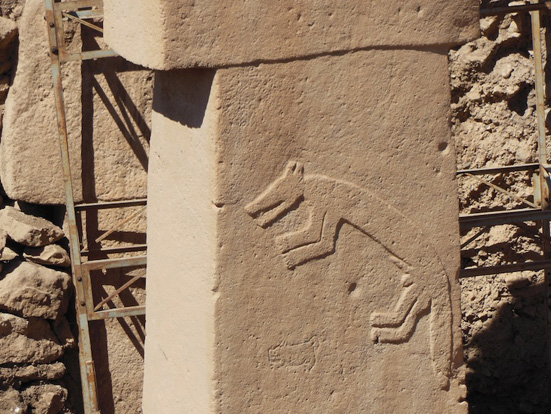
Some engravings were voluntarily canceled, perhaps to prepare the stone to receive new ones. There are also decorative elements, such as sets of stitches and geometric patterns.
Geomagnetic surveys indicated the presence of another 250 stones still buried in the ground.
Another T-shaped stone, extracted only halfway from the quarry, was found about 1 km from the site. It had a length of about 9 m and was probably destined for the sanctuary, but a break forced to abandon the work.
One of the most famous pillars at Göbekli Tepe is “Pillar 43”, which represents common sacred symbolism of many ancient cultures, Egypt and Sumer included, almost 10.000 years earlier.
The pillar shows in fact the winged bird holding a Sun, and the infamous “handbags” depicted all over ancient Mesopotamia and South America.
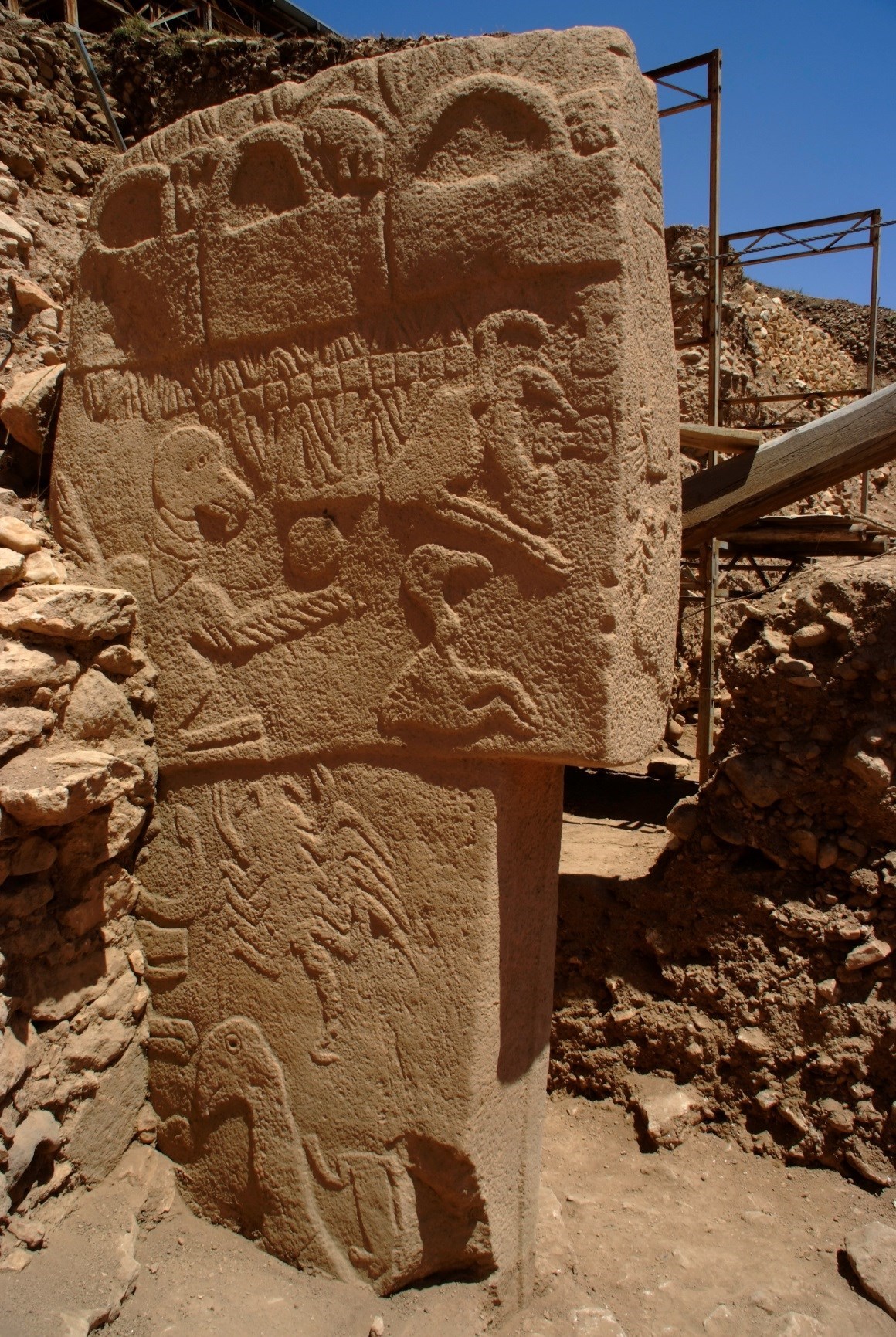
In addition to the stones, there are isolated sculptures in clay, very damaged by time, which probably represent a wild boar or a fox.
Comparisons can be made with statues of the same type found at the sites of Nevalı Çori and Nahal Hemar. The sculptors had to carry out their work directly on the plateau of the sanctuary, where unfinished stones and bowl-shaped cavities in the clayey rock were also found, according to a technique already used during the Epipaleolithic to obtain clay for sculptures or for the clayey binder used in masonry.
In the rock, there are also representations of phallic forms, which perhaps date back to later times, finding comparisons in the Sumerian and Mesopotamian cultures (sites of Byblos, Nemrik, Helwan and Tell Aswad).
Two of the pillars also have relief of snakes, which many associated with the sperm symbolism because of the way they are portrayed.
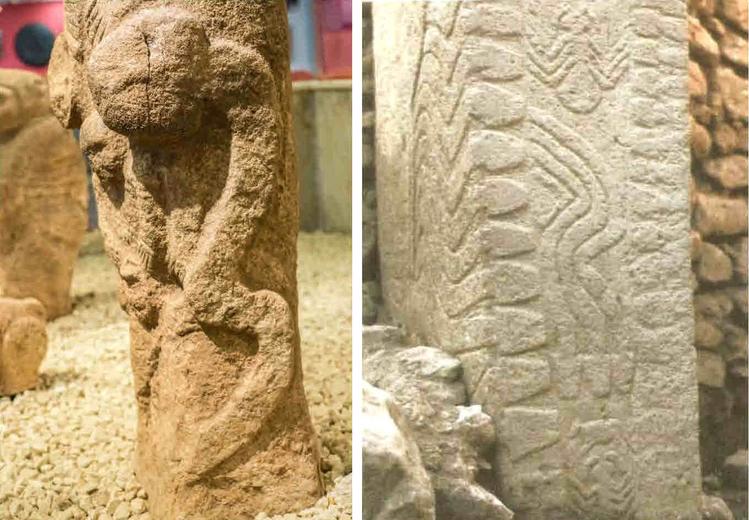
It seems strange to many archaeologists and researchers that such a precise structure could’ve been built by early farmers and hunter-gatherers with a specific geometrical pattern and astronomical orientations, and that is leading to the growing opinion that the enclosures might have been in fact built by the more underdeveloped farming and hunting community, while the pillars were erected earlier.
“Since there is no evidence of farming or animal domestication at the time, the site is believed to have been built by hunter-gatherers. However, its architectural complexity is highly unusual for them”, said Professor Avi Gopher, a researcher in the Sonia and Marco Nadler Institute of Archaeology at Tel Aviv University.
Professor Gopher and his colleague, Ph.D. candidate Gil Haklay, used a computer algorithm to trace aspects of the architectural design processes involved in the construction of Göbekli Tepe’s monumental round structures, the largest of which is 20 m in diameter. They found that geometry informed the layout of these structures and the enormous assembly of limestone pillars, which were initially planned as a single structure.
The research was published in the Cambridge Archaeological Journal. “In our research, we used an analytic tool — an algorithm based on standard deviation mapping — to identify an underlying geometric pattern that regulated the design. This research introduces important information regarding the early development of architectural planning in the Levant and in the world. It opens the door to new interpretations of this site in general, and of the nature of its megalithic anthropomorphic pillars specifically. Our findings suggest that major architectural transformations during this period, such as the transition to rectangular architecture, were knowledge-based, top-down processes carried out by specialists”, Gopher added.
Some of the architectural features on the megalithic structures are quite enigmatic and seem to show the same technique and crafting processes of other ancient megalithic structures of the world, such as the evident marks left on the blocks and the “softened” appearance of the stone.
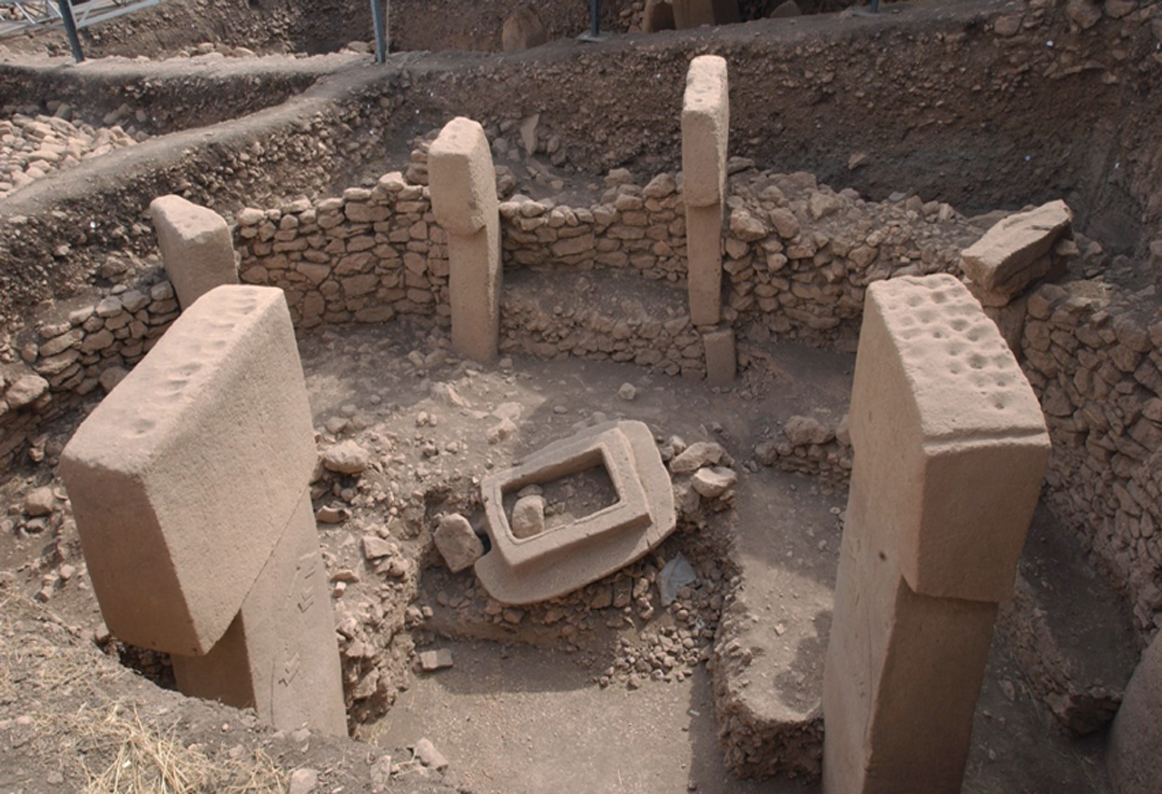
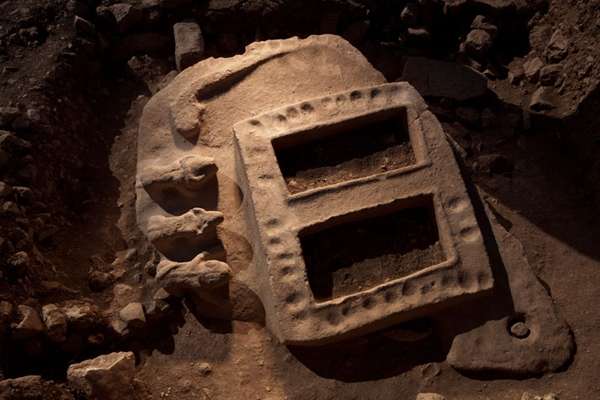
Evidence suggests the artificial nature of this place from its original positioning until its very end. Göbekli Tepe was in fact built upon a 15 meters high, 300 meters wide artificial hill situated on the highest point of an oblong high ground that dominated the surrounding region, and was deliberately abandoned in 8000 BCE circa, voluntarily buried with an incredible amount of dirt for unknown reasons.
Ian Hodder, of the Stanford University Archaeological Program, said of the site: “Many people think this can change everything. It completely changes the cards on the table. All our theories were wrong. The theories on the “Neolithic revolution” have always maintained that between 10 and 12 thousand years ago farmers and ranchers began to create villages, cities, specialized jobs, writing, and everything we know about ancient civilizations. But one of the salient points of the old theories is that the city was born first and only after the places of worship. Now, however, it seems that religion appeared before civilized and organized life in urban centers; indeed, that it was almost the primary engine for the creation of the first city.”
Astronomical Alignments
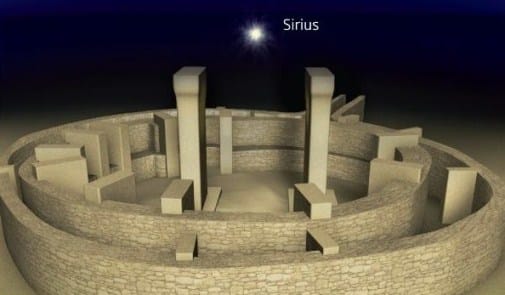
Taking into account archaeoastronomy, the famous Enclosure D was made of thirteen T-shaped pillars aligned to indicate the setting of the Cygnus constellation, while during the sunset on Winter Solstice the star Sirius would appear between the two central pillars at 352º, the same alignment of the pillars, and its rotation around the celestial pole was perfectly contained between them.
The star was also important for ancient Egyptians, basing their calendars on this star to mark the flooding of the Nile. The enclosure also marks the position of Orion at the south, indicating an astronomical relationship with the Giza plateau.
